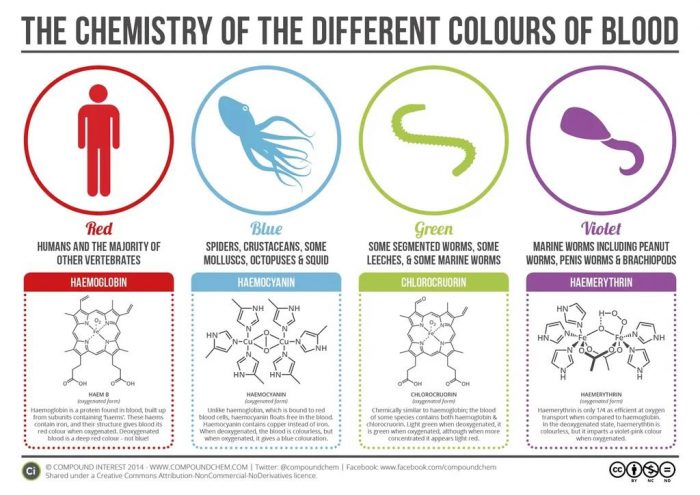
It’s a common refrain in the medical community that blood is more than just red. There are actually four main types of blood, each with its own unique color and function. Let’s take a look at what makes each type of blood so special!
The Chemistry of Blood
Blood is a connective tissue that transports nutrients and oxygen to the body’s cells. That’s right: it’s not just an empty vessel–it carries molecules around your body, supplying the systems that need them most. Blood consists of red blood cells (RBCs), white blood cells (WBCs), platelets and plasma. RBCs are the most common cell type in your blood; their main purpose is to carry oxygen throughout your body via hemoglobin, which gives them their distinct red color. WBCs are responsible for fighting infections by gobbling up bacteria and viruses–hence why they’re called white! Platelets help prevent bleeding by forming clots when you cut yourself; they also play a role in immune responses by recognizing foreign substances like bacteria or viruses through proteins on their surface called receptors. The rest of this liquid stuff we call plasma contains electrolytes like sodium chloride (table salt) along with proteins such as albumin that keep everything moving smoothly through our veins without clotting up anywhere along its route from heart to brainstem back down again again again again again…
How Does Red Blood Give Us Oxygen?
The haemoglobin protein is made up of two parts: the globin and heme. The globin acts as a carrier for oxygen, while heme binds to oxygen in your lungs and releases it in your tissues. Heme’s complex structure allows it to bind tightly with oxygen, storing that gas until you need it again. When we breathe in air through our nose or mouth (or even when we swallow), our lungs fill with tiny sacs called alveoli that contain blood vessels called capillaries. These capillaries are surrounded by tiny little cells called alveolar type II epithelial cells (ATIIECs), which are full of mitochondria–tiny energy factories within each cell–that use oxygen from our breathings so they can make ATP molecules for us!
Why is Some Blood Blue?
When you cut yourself, your blood turns red. But there are exceptions to this rule–like the blue blood of some species of crustaceans, mollusks and insects. This can be explained by their protein-based oxygen carriers (haemocyanin) which contain copper instead of iron. Hemocyanin has a lower affinity for oxygen than hemoglobin does, so it releases its cargo at a slower rate in warmer conditions–resulting in a bluish hue that doesn’t appear when the animal is cold or stressed out by exertion.
What Makes Some Blood Green?
Haemocyanin is a copper-containing protein that can be found in the blood of molluscs (snails, octopuses, etc.) and some arthropods (crayfish, shrimp). It’s also what makes their blood green. In humans and other vertebrates, haemoglobin carries oxygen through our bodies via red blood cells. Haemocyanin has a similar function but uses copper instead of iron to carry oxygen through sea creatures’ gills or respiratory systems.
There are a lot of different components to blood, but it all comes back to one purpose.
When you’re looking at a blood sample, it’s easy to get lost in all of the different components. But they all have one purpose: to keep us alive. Blood transports oxygen throughout our bodies so we can breathe, it carries carbon dioxide back up to our lungs so we can exhale, and it delivers nutrients to our cells while removing waste products from them. It also protects us against disease by fighting off infections with antibodies made by white blood cells like lymphocytes and neutrophils (which are part of your immune system).
In the end, we hope that you now have a better understanding of what makes blood so special and unique. It’s not just something we have in our bodies–it’s also one of the most important substances on Earth! Without it, we would die very quickly. So next time someone asks you why their blood is green or blue or red (which happens surprisingly often), feel free to use this article as an answer.
